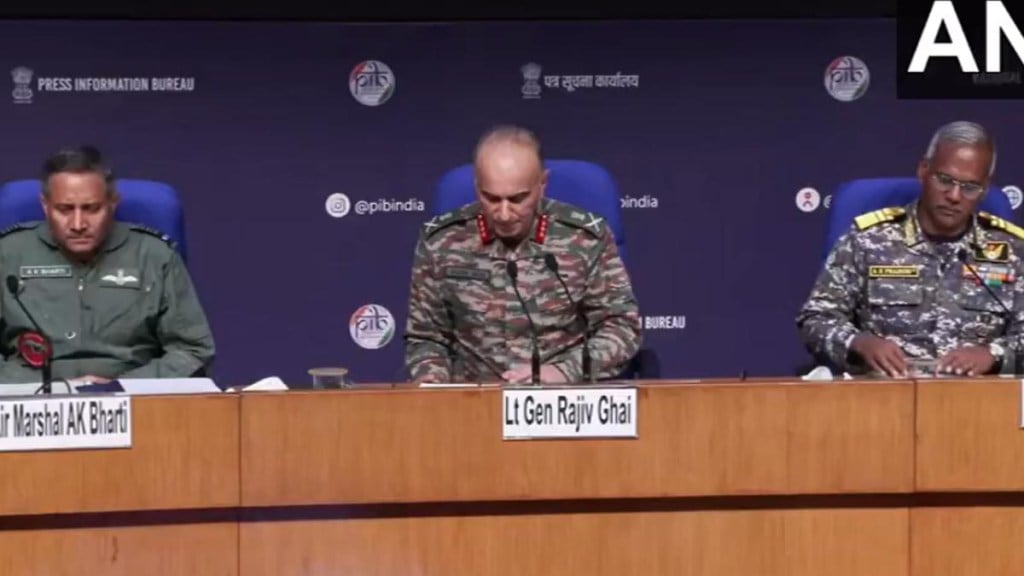Following the recent ceasefire agreement between India and Pakistan, the Indian Army revealed the execution of a major counter-terror operation—Operation Sindoor. Designed with a clear military objective, the operation aimed to eliminate top terror planners and dismantle infrastructure supporting cross-border terrorism. Lt Gen Rajiv Ghai, Director General of Military Operations (DGMO), briefed the media, stating that the operation was intended “to punish the perpetrators and planners of terror” and reaffirmed India’s “intolerance to terrorism.”
High-value terrorists neutralised
The operation, carried out in the early hours of May 7, focused on nine high-priority terror sites located across Pakistan-occupied territory. According to Lt Gen Ghai, over 100 terrorists were killed, including high-value operatives such as Yusuf Azhar, Abdul Malik Rauf, and Mudasir Ahmed. These individuals were directly linked to major attacks on Indian soil, including the IC-814 hijacking and the 2019 Pulwama suicide bombing.
He stated that nine terror camps—located in both Pakistan-occupied Jammu and Kashmir and Pakistan’s Punjab province—were confirmed to be active by multiple intelligence agencies. “Infamous locations like Muridke, the stronghold of Lashkar-e-Taiba, have long served as breeding grounds for terrorists such as Ajmal Kasab and David Headley,” he added.
The offensive showcased precise coordination between the Indian Army, Air Force, and Navy. The Indian Air Force led the aerial strike on key terror camps, while the Navy contributed precision-guided munitions for deep-strike capability. The joint effort ensured maximum impact with minimal collateral damage on the ground.
In retaliation, Pakistan violated the Line of Control (LoC), targeting civilian populations, villages, and even religious sites such as Gurudwaras. This unprovoked aggression resulted in tragic civilian casualties and drew sharp criticism from Indian authorities.

